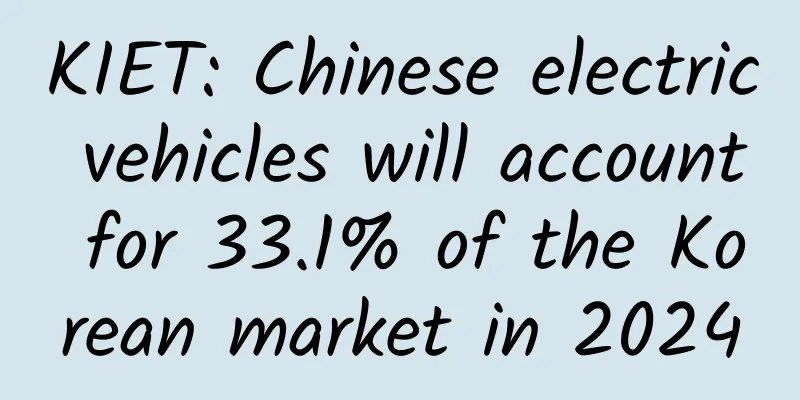Is it technically possible to bring everyone in the country into one WeChat group?

|
According to WeChat public data, in September 2017, an average of 902 million people logged into WeChat every day, and an average of 38 billion messages were sent every day. As of October 2019, the number of logins and messages sent has increased. It is not possible to display so many messages on a mobile phone in a certain period of time. So how can this be achieved? In fact, according to data from the National Bureau of Statistics, as of the end of 2017, the total population of mainland China was 1.39008 billion (including 31 provinces, autonomous regions, municipalities and active-duty soldiers of the People's Liberation Army of China, excluding Hong Kong, Macao, Taiwan and overseas Chinese), which has long exceeded 1.3 billion. Let me start with the conclusion: it may be technically feasible, but you will not be able to see anything. It is difficult to achieve commercially, and the big guys focus on the investment-return ratio. According to WeChat public data, in September 2017, an average of 902 million people logged into WeChat every day, and an average of 38 billion messages were sent every day. As of October 2019, the number of logins and messages sent has increased. It is not possible to display so many messages on a mobile phone in a certain period of time. So how can this be achieved? First of all, we have to consider the human factor. Billions of pieces of information are infinitely valuable to a specific individual. I personally don’t pay attention to this information at all because the efficiency of obtaining it is too low. This results in 99% of people directly ignoring the existence of this group. The rest of the messages in this group every day are nothing more than pinned announcements, pinned news, red envelopes, chatting and picture battles, and browsing announcements and news. Taking the issue of concurrency into consideration, most current servers can do this, after all, there are a lot of news apps that can do this; for red envelopes, make an algorithm to distribute them randomly, and don’t scramble for them, as that will seriously affect the experience. It shouldn’t be too difficult to randomly distribute a piece of data to one billion users. The rest is just picture battles and chatting. The data is directly stored in the cloud on the server side. The central idea is summarized by analysis and processing and pushed to individual users every few seconds. That's about it. If detailed information is needed, the server can be retrieved. I don't think the pressure on personal terminals will be too great. Secondly, transmission, I think this is the link with the least problem. Why? After solving the problem of personal terminals, the amount of personal data transmission is not large, and the existing transmission network can fully meet it. The transmission on the server side depends on how the server is built. If it is centralized for processing and storage, only 100G dedicated lines can be used, and building three to five lines is enough. It's just that a huge system of switches and routers is needed. If it is distributed storage and processing, 10G or even GE dedicated lines are enough. This is transmission. Third, processing. If large amounts of data must be processed centrally, we must build the largest and most complex data center in the country or even the world to support this system. But if it is distributed processing, I believe the current system is sufficient. After all, the existing computing capacity is already so large, and the amount of data will definitely not grow explosively with this group. Fourth, storage and processing work can be completed. Storage is definitely not a problem. The data can even be broken up and stored on personal terminals, shifting the contradiction of investing in equipment to data security and management. Fifth, data analysis . This is the most important point and the most difficult part. How to effectively analyze and extract useful information from such a large amount of data and push it to specific individuals is the core key. Although the technology has not yet been commercialized on a large scale, I believe that this technology has definitely been tried out or even commercialized, but the public is not very aware of it. After all, this kind of thing is a bit scary if you think about it carefully. In short, how to realize this system or build this group is nothing more than transferring the contradiction between demand and resources, transferring the contradiction between large storage demand and large investment to data security and operation management, decentralizing the transmission of large amounts of data, and analyzing and extracting large amounts of data for targeted push. The most core investment is a complete set of intelligent and effective big data analysis systems. |
>>: Who are the people who spend 10,000 yuan to buy an iPhone 11? Are you one of them?
Recommend
In the ranking of Chinese mobile games and apps exported to overseas markets in January, Lords Mobile had the highest revenue, and UC Browser ranked first in downloads
In the special article "China is Fascinated ...
With a maximum horsepower of 748 and DMO+Yunnian-P installed, is Fangcheng Baobao 8 determined to rewrite the off-road vehicle landscape?
In recent years, what domestic brands have you se...
[Scholars from the Saiwai] The Secret of Seeking the Dragon: Predicting the Leader at a Low Level + Prediction Before the Market Opens on 2022.5.9-5.13
[Scholars from the Saiwai] Dragon Hunting: Low-le...
Research on 100 growth closed loops | Missionbao fission to increase followers of public accounts
How can we successfully increase the number of fo...
Come and see these high-tech trucks that are no longer just big
When it comes to technology in the automotive fie...
Case | Investment and franchise advertising cases and effect data!
Today I will share with you an optimization case ...
30-meter resolution! New breakthrough in large-scale and high-resolution permafrost mapping in Northeast China
Do you know what permafrost is? As the name sugge...
How much does it cost to develop a watch mini program in Nagqu?
The main factors affecting the price of mini prog...
What is the price of the best silicone dolls?
As a companion, silicone dolls can accompany you ...
2017 was a year of great turmoil for Apple, and some studios were in a tough situation. Let’s talk about some recent in-depth observations on the ASO market!
The following analyses were made on the Apple mar...
Will new energy vehicles face a second round of crackdowns?
On June 23, China Machinery Rolling Stock Technic...
iOS multithreaded development: several details that are easily overlooked
Generally speaking, iOS developers can handle mos...
Emma Technology's annual masterpiece, Emma A7Plus is about to be released
As the annual masterpiece of Emma Technology, wha...
Tucson can also be in the top 10. If the Taiwanese compatriots who have been ripped off encounter mainland SUVs, will their three views be shattered?
Like their mainland compatriots, residents of Tai...
How much does it cost to join the Suihua Animation Mini Program?
How much does it cost to join the animation mini ...









